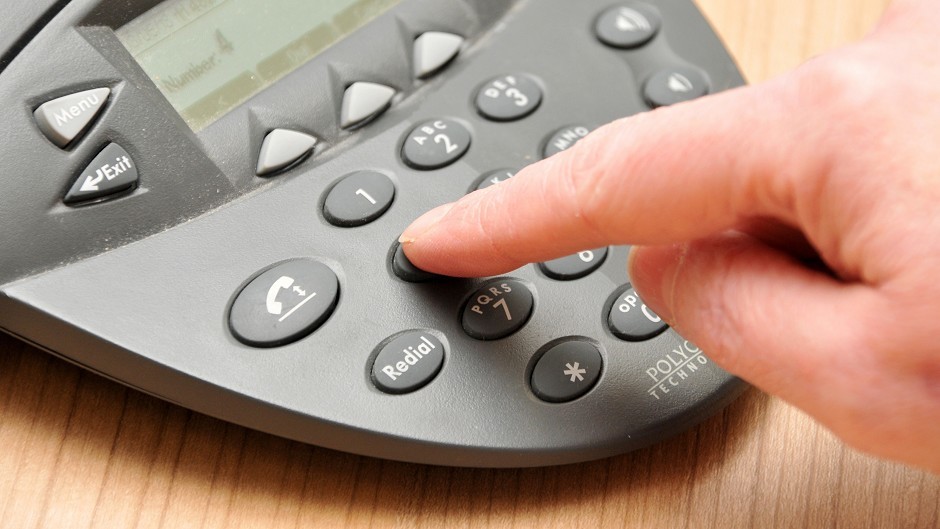BT has rung the changes after complaints by angry customers in the Western Isles.
It is pledging to bring more call centre jobs back from overseas to the UK.
The promise follows a meeting between Western Isles MP Angus MacNeil and Brendan Dick, Director, BT Scotland.
Mr MacNeil said islanders were experiencing continuing difficulties with their telephone and broadband services.
But during the meeting BT confirmed that it was bringing call centre jobs back from India to the UK.
It is believed BT is switching 1,000 call centre jobs back to Britain as part of an £80m bid to improve its poorly-rated customer service operations.
The company, which has 72,000 employees, has used call centres in Bengaluru and Delhi since 2003, but is moving operations back to the UK after customers said they preferred speaking to British workers.
BT has previously promised that 80pc of phone calls made by its customers would be answered by a UK-based adviser by the end of the 2016, up from the current level of 50pc.
The new UK call centre jobs will be based in BT’s existing existing call centres.
Mr MacNeil said:”We have had straight discussions over service levels.
“BT engineers on the ground do work very hard and we can see that on a daily basis. It would appear to be a lack of communication from the providers’ call centres once customers have reported a fault.
“This is a major issue affecting coordination between companies and within companies. BT have said they are to move many of their call centres back to the UK.”
